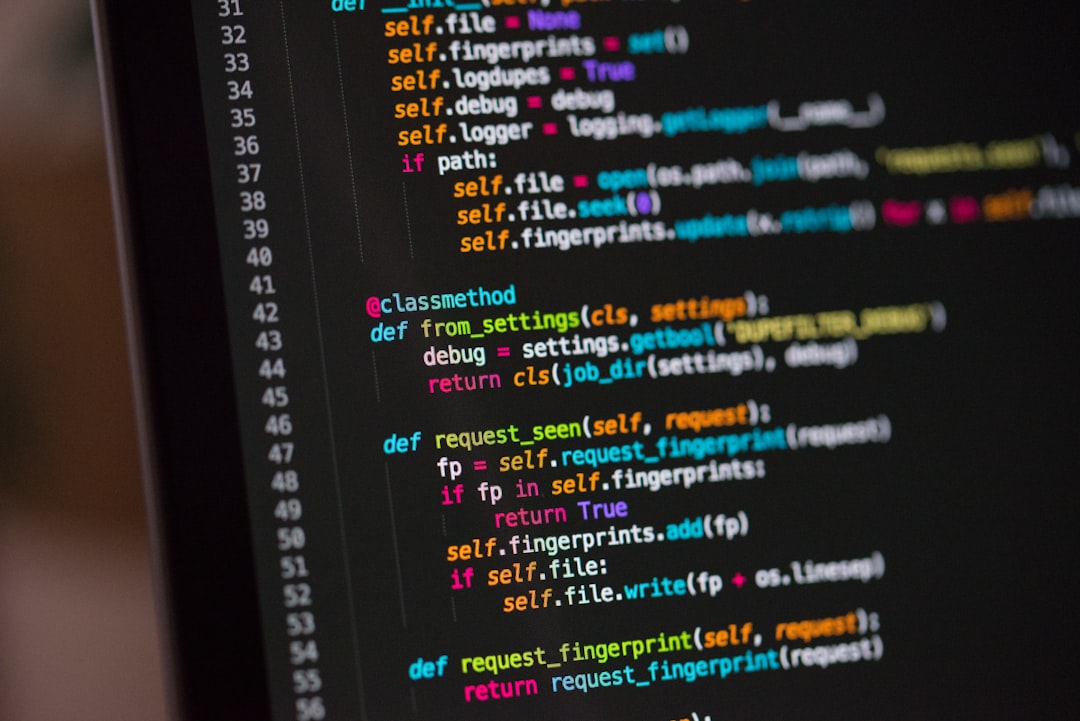### Coding Languages and Natural Languages: Bridging the Gap
#### I. Introduction
Coding languages and natural languages have long been considered distinct entities, each with its own set of rules and complexities. However, the gap between these two languages is gradually being bridged through advancements in technology and programming techniques. In this article, we will explore how high-level programming languages are designed to be more intuitive and human-readable, much like natural languages.
#### II. The Evolution of High-Level Programming Languages
High-level programming languages are engineered to facilitate human-readable programming, making them easier to understand and write compared to low-level languages like machine code. These languages abstract away the intricacies of machine code, allowing programmers to focus on the logic and structure of their programs rather than the intricate details of how the computer processes them.
#### III. Characteristics of High-Level Programming Languages
1. **Abstraction and Simplification of Complex Processes**
– High-level languages abstract away the complexities of machine code, enabling developers to use familiar words and symbols to write code. This simplifies the programming process, allowing programmers to focus on the logic of their programs without getting bogged down in low-level details like memory management.
2. **Portability and Platform Independence**
– One of the advantages of high-level languages is their portability across different platforms and operating systems. Programs written in high-level languages can typically run on various hardware configurations without extensive modifications, making them versatile and adaptable to different environments.
3. **Readability and Writability**
– High-level languages prioritize readability and writability, making code easier to understand and write. This is achieved through intuitive syntax and language constructs that closely resemble natural language, reducing the learning curve for novice programmers and enhancing productivity for experienced ones.
4. **Advanced Features and Libraries**
– High-level languages come equipped with advanced features and libraries that facilitate complex tasks and streamline development. These features, such as built-in data structures, networking capabilities, and graphical user interface libraries, empower programmers to create sophisticated applications efficiently.
#### IV. Bridging the Gap: Code Generation and Retrieval
Recent advancements in artificial intelligence and machine learning have led to the development of frameworks like CodeGRAG, which aim to bridge the gap between natural language and programming languages. CodeGRAG enhances the performance of large language models (LLMs) by building a graphical view of code blocks based on control flow and data flow. This framework facilitates natural language-based LLMs to better understand code syntax and serves as a bridge among different programming languages.
#### V. Practical Applications
1. **Productivity and Time Efficiency**
– High-level languages are easy to understand, learn, and write code in, which boosts productivity and saves time during development. The simplicity of these languages reduces complexity and lowers maintenance costs over time.
2. **Enhanced Collaboration and Code Reusability**
– Libraries and modules available in high-level languages facilitate collaboration among developers and encourage code reuse, promoting efficiency in project development. This collaborative environment enhances the overall quality of the codebase.
3. **Rapid Prototyping and Iterative Development**
– High-level languages enable rapid prototyping and iterative development by providing tools and features that streamline the coding process. This allows for quick testing and refinement of ideas, making the development process more agile.
4. **Community Support and Extensive Documentation**
– High-level languages often have large developer communities and extensive documentation, offering valuable resources and support for troubleshooting and learning. This community support is crucial for both novice and experienced programmers.
#### VI. Conclusion
The gap between coding languages and natural languages is narrowing as high-level programming languages become more intuitive and human-readable. These languages offer a higher level of abstraction, making programming more accessible and efficient. With advancements in AI and machine learning, frameworks like CodeGRAG are further bridging this gap, enabling better code generation and retrieval. By leveraging these tools and techniques, developers can create sophisticated applications more quickly and effectively.
### Additional Resources
– **Research Article:** [Coding Languages and Natural Languages Bridging the Gap](https://www.researchgate.net/publication/343444193_Coding_Languages_and_Natural_Languages_Bridging_the_Gap)
– **Video Tutorial:** [YouTube: Singing Tips for Beginners](https://www.youtube.com/watch?v=dQw4w9WgXcQ)
### Image Credits:
– **Image 1:** [Coding Languages and Natural Languages Bridging the Gap](https://besser-formuliert.com/wp-content/uploads/2024/11/Coding-Languages-and-Natural-Languages-Bridging-the-Gap-3.jpeg)
– **Image 2:** [Coding Languages and Natural Languages Bridging the Gap](https://besser-formuliert.com/wp-content/uploads/2024/11/Coding-Languages-and-Natural-Languages-Bridging-the-Gap-2.jpeg)






